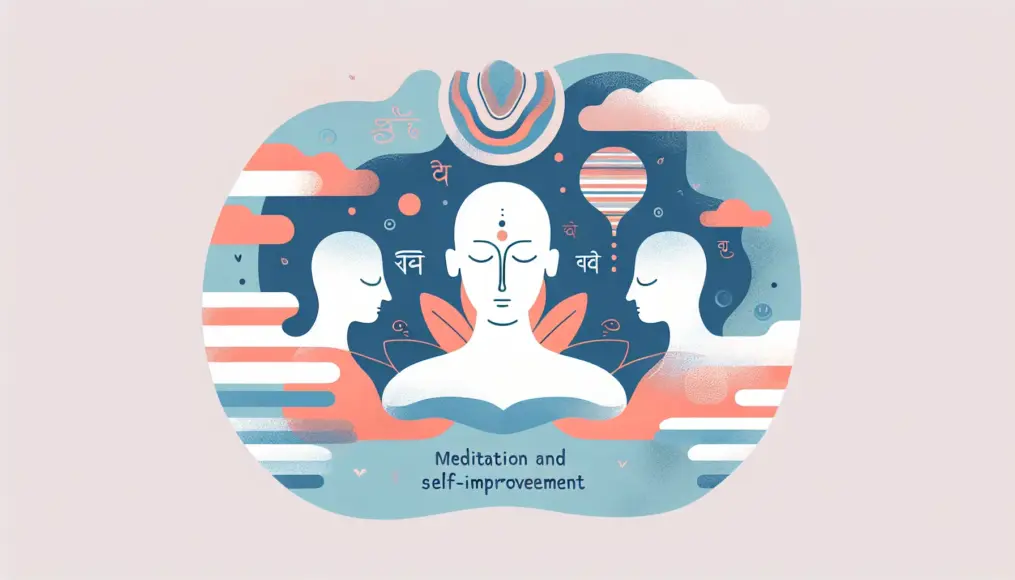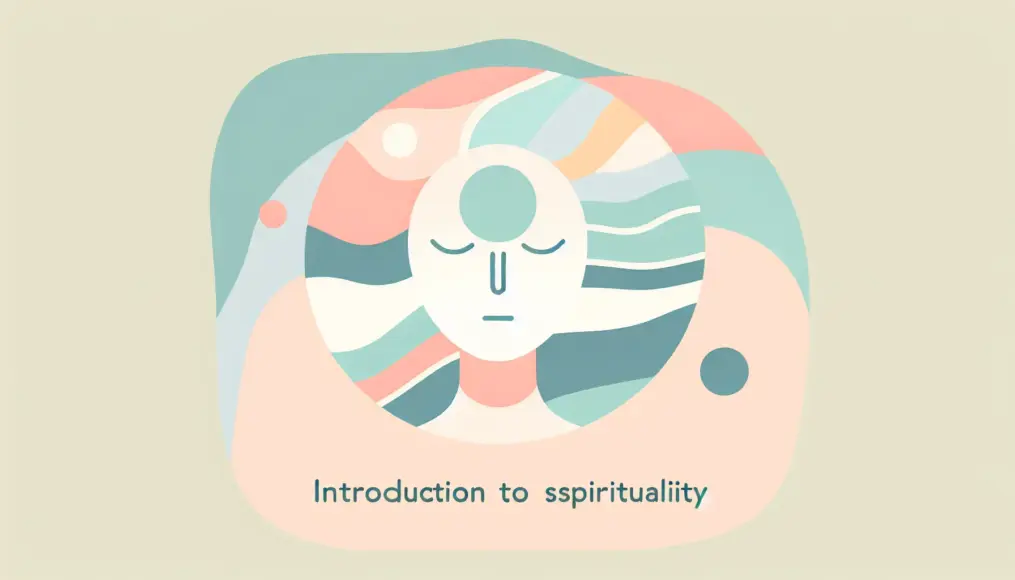Meditation and yoga are wonderful practices for achieving a sense of inner peace. Both have been cherished for centuries and continue to resonate with many, even amidst the hustle and bustle of modern life. By dedicating time to these practices, you can foster personal growth and connect with your inner self.
In this article, we’ll explore the fundamentals of meditation and yoga, along with easy-to-follow methods that beginners can adopt. Let’s discover tips for aligning both your mind and body, ultimately leading to a richer, more fulfilling life.
- Deepen your understanding of meditation and yoga
- Simple methods for beginners to get started
- Tips for incorporating these practices into your daily life
Understanding the Basics of Meditation and Yoga
Meditation and yoga have been cherished practices for centuries, aimed at harmonizing the mind and body. These methods not only serve as tools for stress relief and enhancing focus but are also vital techniques for pursuing personal growth and inner peace. In this section, we will delve into what meditation is and explore the fundamental concepts of yoga.
What is Meditation?
Meditation is a practice designed to quiet the mind and foster self-reflection. It has been embraced by various cultures and religions as a means to achieve mental stability and clarity. Through meditation, individuals can eliminate distracting thoughts and promote a deeper understanding of themselves.
There are numerous ways to meditate, with common techniques including focusing on the breath or concentrating on specific words or images. This practice can help stabilize the mind and alleviate stress, making it highly popular and easily integrated into daily life.
- Meditation is a practice for calming the mind
- A means to deepen self-understanding
- Easy to incorporate into everyday life
The Fundamental Concepts of Yoga
Yoga is a practice that promotes harmony between the mind and body through physical movement. By engaging in various poses and breathing techniques, individuals can enhance their flexibility and strength while also cultivating a sense of inner peace. Yoga serves as a method for balancing both the mind and body, encouraging relaxation and self-exploration.
At the core of yoga are concepts such as “knowing oneself” and “feeling connected to others.” This awareness fosters personal growth and a sense of fulfillment. Many people find that through yoga, they are able to enrich their lives in meaningful ways.
- Yoga is a practice that harmonizes the mind and body
- Balances the mind and body through poses and breathing techniques
- A popular means for promoting personal growth
The Interrelationship Between Meditation and Yoga
Meditation and yoga are both powerful practices that promote physical and mental well-being. While each has its unique characteristics, they complement each other beautifully. In this section, we will delve into how meditation and yoga affect the mind and body, exploring their similarities and differences. Understanding this relationship will help you incorporate these two practices more effectively into your daily life.
Impact on Mind and Body
Meditation is known for its ability to calm the mind, reduce stress, and stabilize emotions. When you meditate, your brain waves change, promoting a state of relaxation. This leads to fewer distractions in your thoughts and an increase in concentration.
On the other hand, yoga strengthens the body through movement and enhances flexibility. By performing specific poses, blood circulation improves, and the functioning of internal organs is expected to get better as well. Moreover, yoga places a strong emphasis on breathing techniques, helping to create a relaxed state for both the mind and body.
- Meditation contributes to stress relief and emotional stability
- Yoga is effective for muscle strengthening and increasing flexibility
- Both practices promote relaxation of the mind and body
Similarities and Differences
Meditation and yoga share several commonalities. Both focus on mental and physical health and are utilized as means for personal growth. They also offer benefits such as stress reduction and fostering inner peace. However, their approaches differ significantly.
While meditation primarily focuses on calming the mind, yoga seeks to achieve harmony between body and mind through movement. Additionally, meditation is often practiced in a stationary position, whereas yoga involves dynamic poses. Despite these differences in approach, combining meditation and yoga can lead to even deeper benefits.
- Meditation and yoga serve as tools for personal growth
- Both provide stress relief and promote inner peace
- Their differing methods can be combined for enhanced effects
A Practical Guide for Beginners
Meditation and yoga are accessible practices that can significantly enhance both mental and physical well-being, even for those just starting out. In this section, we’ll explore beginner-friendly techniques to help you easily integrate these practices into your daily life, promoting tranquility and flexibility. Let’s start with some simple methods you can try right away.
Easy Meditation Techniques
One of the great things about meditation for beginners is that you don’t need any special tools or environments to get started. Begin by finding a quiet spot where you can sit comfortably and gently close your eyes. Focus on your breathing, counting each inhale and exhale in your mind. By repeating this process, you can calm your mind and create a relaxed state.
Start with just about five minutes and gradually extend the duration as you get more comfortable. Regular meditation can deepen your concentration and self-awareness, leading to greater emotional stability. It’s easy to get into, so give it a try!
- Start in a quiet location
- Focus on your breath
- Begin with short sessions
Choosing Your Yoga Poses
With a wide variety of yoga poses available, beginners might find it challenging to decide where to start. It’s important to choose basic poses first. For instance, the Mountain Pose (Tadasana) and Cat Pose (Bidalasana) are effective for releasing tension and calming your mind.
When practicing these poses, pay close attention to how your body feels. Move at your own pace and don’t push yourself too hard; this will help you achieve a comfortable and enjoyable experience. Additionally, connecting your movements with your breath enhances the effectiveness of your practice, so remember to focus on your breathing as you hold each pose.
- Begin with fundamental poses
- Tune into your body’s sensations
- Enhance your practice by coordinating with your breath
Tips for Maximizing Your Practice
Incorporating meditation and yoga into your daily life can significantly enhance their benefits. This section explores practical ways to elevate your practice and emphasizes the importance of connecting with a community for a richer experience.
Integrating into Daily Life
You don’t need to carve out special time to practice meditation and yoga; rather, you can seamlessly incorporate them into your everyday routine for better mental and physical health. For instance, you could squeeze in a few minutes of meditation during your commute or take a moment for simple yoga poses while doing household chores.
Establishing a daily routine can also help maintain your mental stability. Incorporating these practices into specific times, like your morning wake-up or relaxation period before bed, can be particularly effective. By forming such habits, meditation and yoga can become integral parts of your life, allowing you to experience their profound effects.
- Utilize easily integrated methods for daily life
- Find moments to practice, even if they’re brief
- Make it a habit as part of your daily routine
Connecting with the Community
When practicing meditation and yoga, having a connection with others can be a powerful motivator. By joining local classes or online communities, you can share information and support one another. Practicing alongside others can also provide deeper experiences and insights.
Being part of a community offers opportunities to make new friends. Engaging with like-minded individuals creates an environment conducive to ongoing learning and growth. Moreover, listening to others’ experiences and knowledge can introduce fresh perspectives to your own practice.
- Join communities to share information
- Interaction with peers boosts motivation
- Gaining new perspectives deepens your practice
Summary
Meditation and yoga are powerful tools for promoting both mental and physical health. Through these practices, people can experience stress relief, improved focus, and an inner sense of peace. It’s also important to note that incorporating these activities into daily life and connecting with a community can lead to a deeper, more enriching experience.
Even beginners can easily start practicing meditation and yoga, but it’s through consistent practice that the benefits truly become apparent. Striving for harmony between mind and body can lead to a more fulfilling life, so we encourage you to keep practicing.
- Meditation and yoga enhance mental and physical well-being
- Simple to incorporate into daily life
- Community connections deepen the practice
Why not start implementing these practices into your life today, even just a little bit? We’d love to hear your thoughts and experiences, so feel free to share in the comments!


Comment